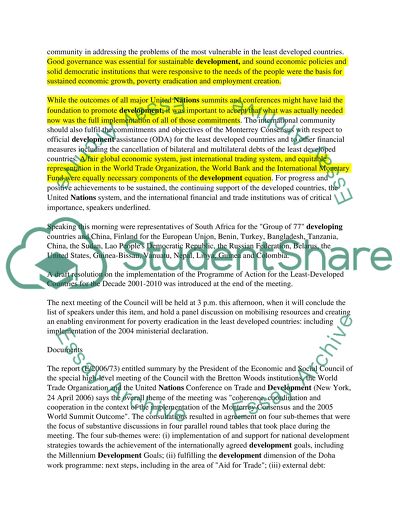Cite this document
(“ECONOMICS: Explain the key issues in relation to the developing Essay”, n.d.)
ECONOMICS: Explain the key issues in relation to the developing Essay. Retrieved from https://studentshare.org/miscellaneous/1540876-economics-explain-the-key-issues-in-relation-to-the-developing-nations-concerning-growth-and-development-strategies
ECONOMICS: Explain the key issues in relation to the developing Essay. Retrieved from https://studentshare.org/miscellaneous/1540876-economics-explain-the-key-issues-in-relation-to-the-developing-nations-concerning-growth-and-development-strategies
(ECONOMICS: Explain the Key Issues in Relation to the Developing Essay)
ECONOMICS: Explain the Key Issues in Relation to the Developing Essay. https://studentshare.org/miscellaneous/1540876-economics-explain-the-key-issues-in-relation-to-the-developing-nations-concerning-growth-and-development-strategies.
ECONOMICS: Explain the Key Issues in Relation to the Developing Essay. https://studentshare.org/miscellaneous/1540876-economics-explain-the-key-issues-in-relation-to-the-developing-nations-concerning-growth-and-development-strategies.
“ECONOMICS: Explain the Key Issues in Relation to the Developing Essay”, n.d. https://studentshare.org/miscellaneous/1540876-economics-explain-the-key-issues-in-relation-to-the-developing-nations-concerning-growth-and-development-strategies.


